The mice had higher energy levels, burned more fat, and didn’t accumulate as much fat in their bodies after using SLU-PP-332.
The substance also helped reduce the mice’s obesity and made them more sensitive to insulin, a hormone that helps control blood sugar levels.
This is especially important for people with metabolic syndrome, a group of conditions that occur together, increasing the risk of cardiovascular disease and associated conditions such as stroke and type 2 diabetes.
In summary, activating certain processes in the body with a medication, like the way SLU-PP-332 does, might be a promising way to treat obesity and metabolic syndrome.
“ERR agonists represent a potential new class of drugs that could be used to treat metabolic diseases such as type 2 diabetes and obesity, as well as muscle weakness in the elderly.”
“We have also observed that these drugs are effective in treating heart failure in mouse models,”
“ERRs are similar to estrogen receptors in structure, but they are not estrogen receptors and have a very different function in that they regulate cellular energetics in tissues with high requirements for energy production (skeletal muscle, heart, brain),” he explained.
“ERRs are naturally involved in exercise and heart function, and this new class of drugs enhances the natural pathways that are stimulated during exercise (or normal heart function). The major finding was the identification of such compounds that can activate these ERRs since they are always ‘on,’ and it wasn’t clear if we could design a drug that would activate them further than their natural ‘on’ position that could lead to therapeutic benefit.”










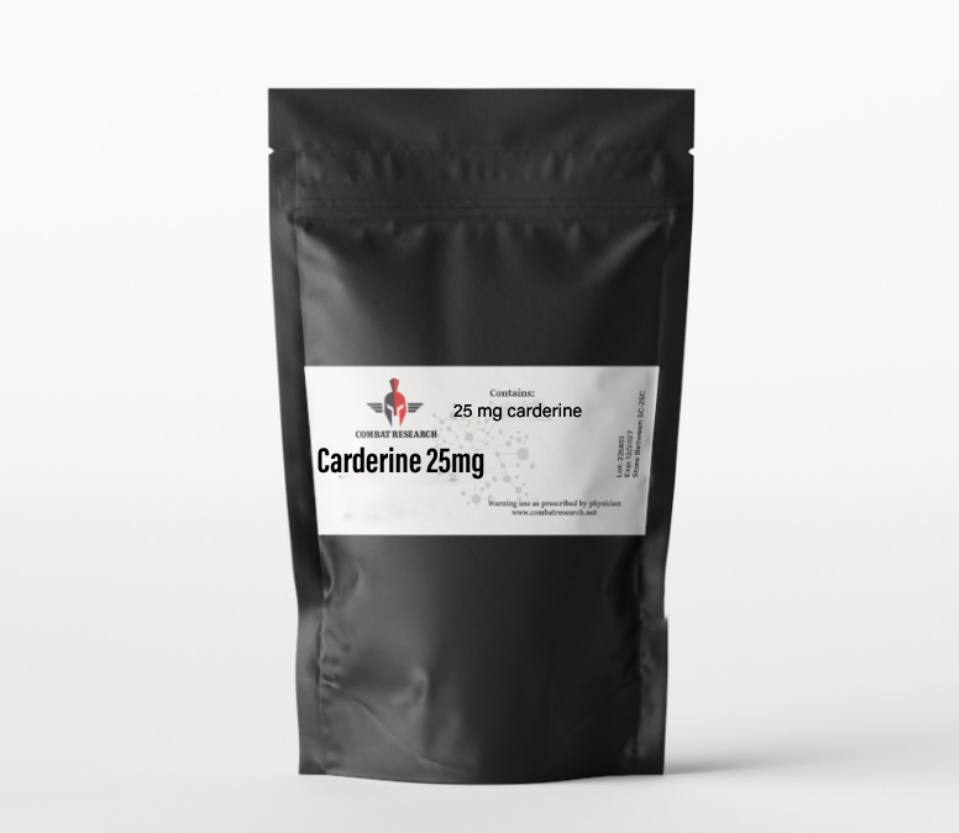

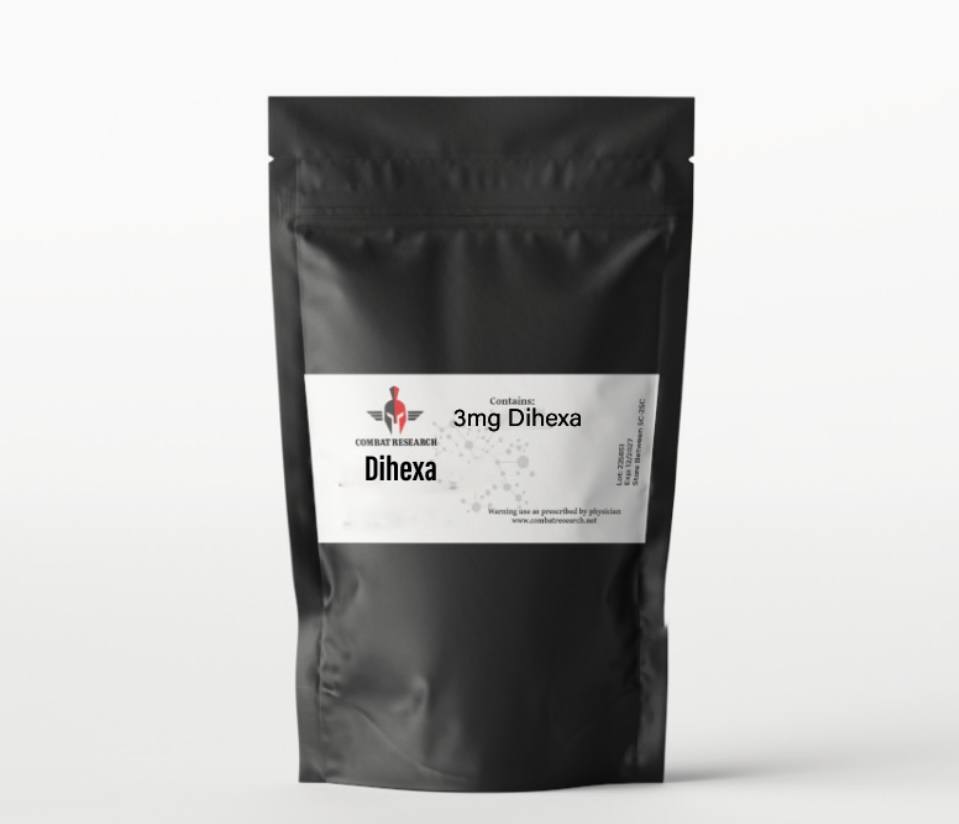
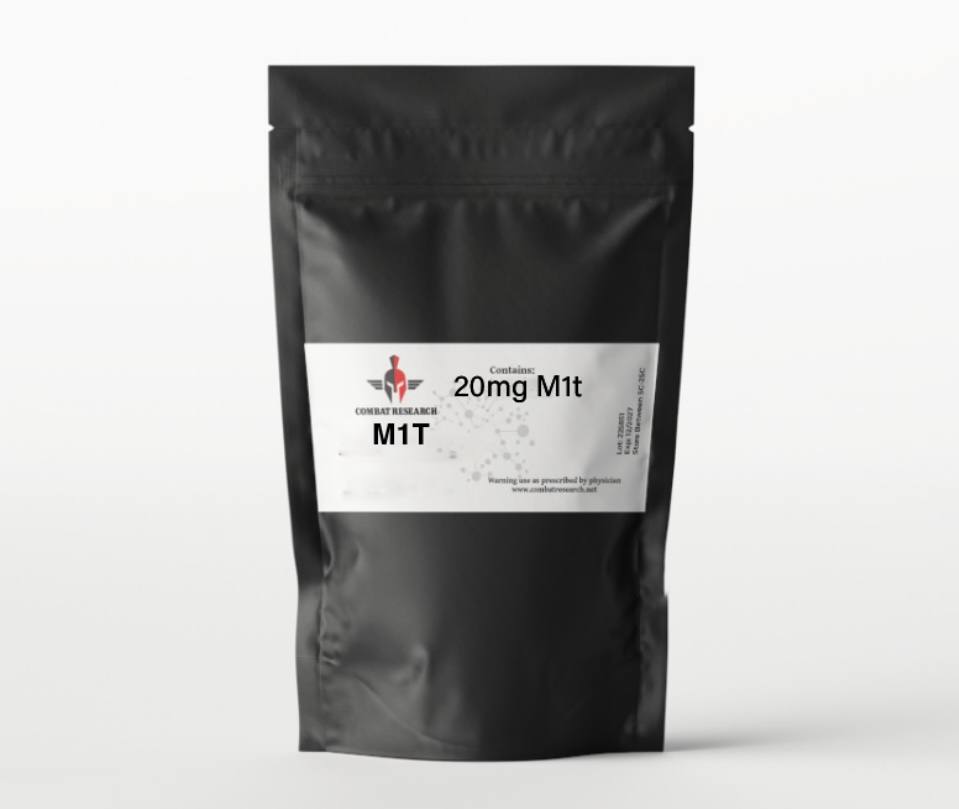

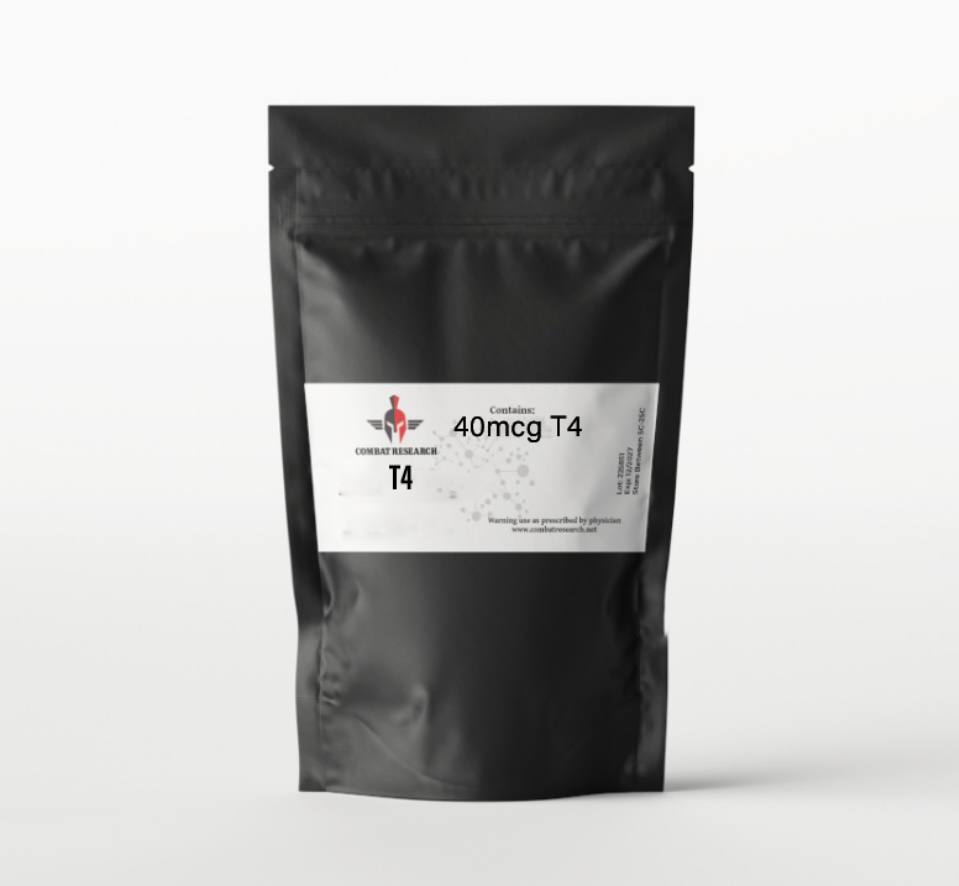
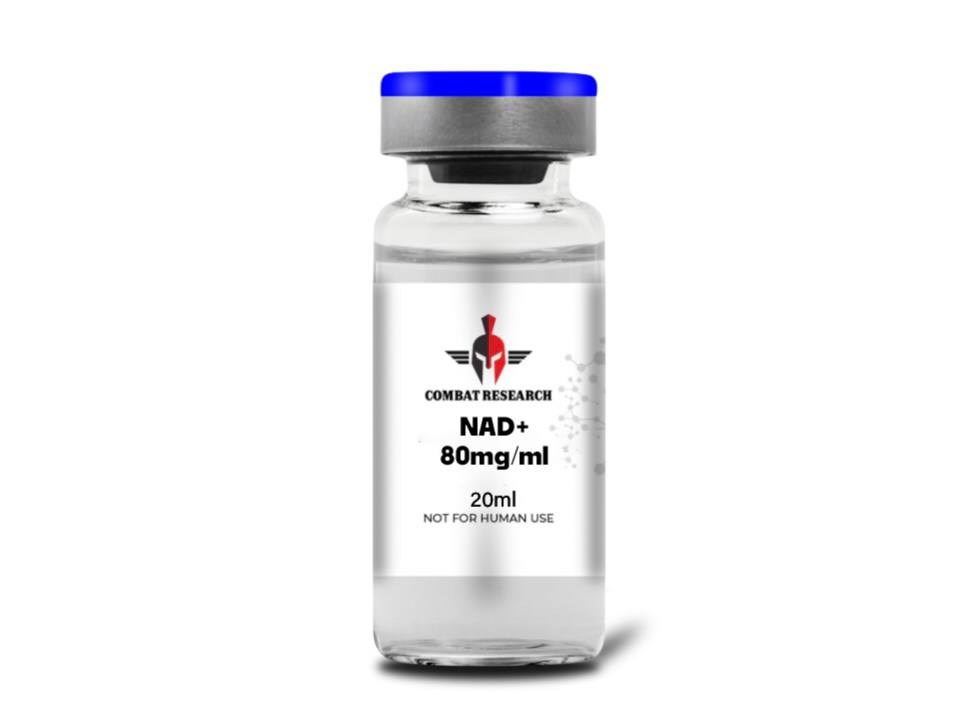



Reviews
There are no reviews yet.